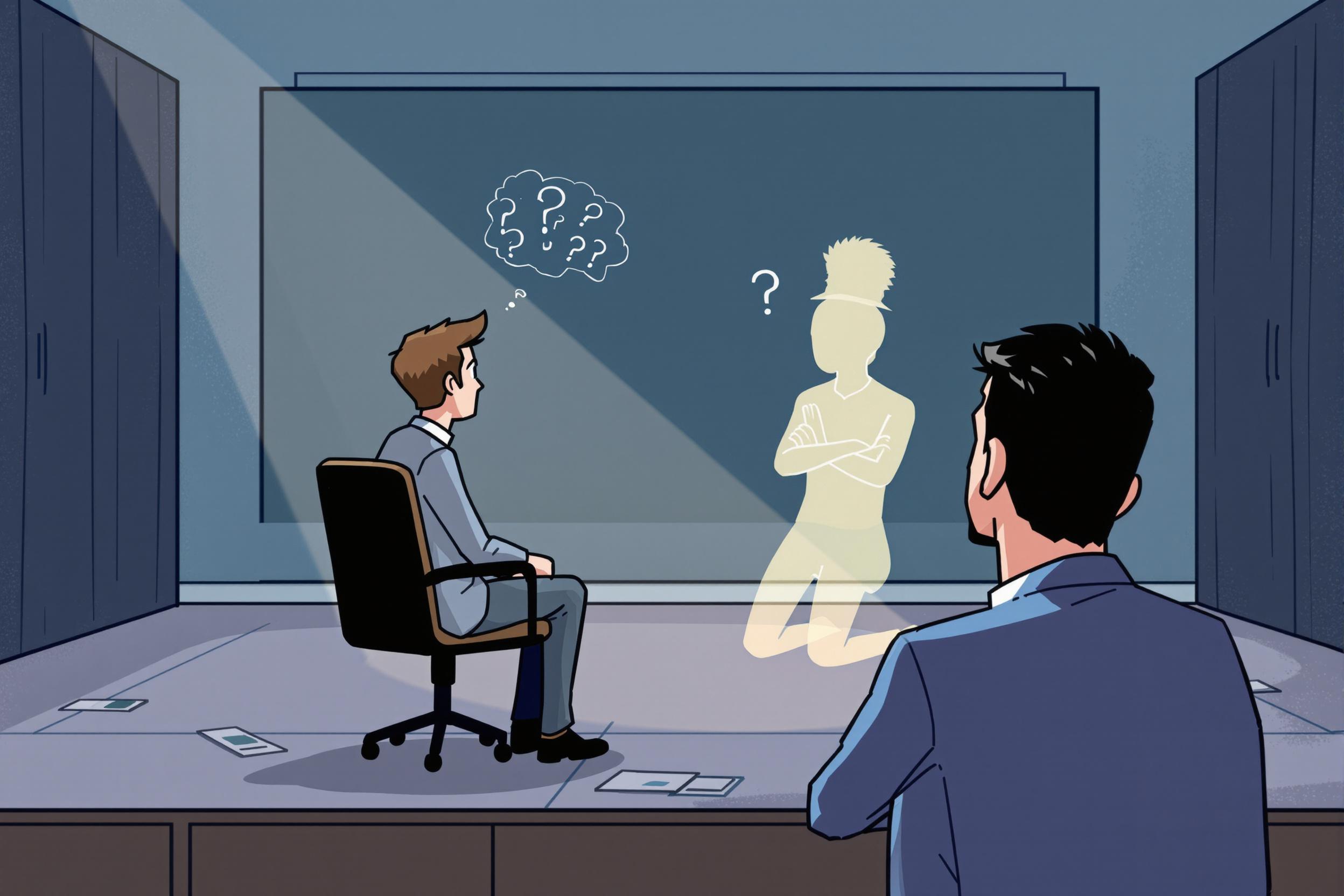
Stage Combat
Stage Combat is the art of creating safe, believable fight scenes for theater, opera, and other live performances. It's like choreographed dancing, but instead of dance moves, performers act out fights without actually hurting each other. This includes sword fights, fistfights, falls, or any physical conflict on stage. When you see this term in a resume, it means the person has training in safely performing or teaching these theatrical fight scenes. Similar terms include "fight choreography" or "theatrical combat." Having this skill is important for safety reasons and helps create exciting moments in performances without risk to the performers.
Examples in Resumes
Choreographed Stage Combat sequences for three major opera productions
Certified instructor in Stage Combat and Fight Choreography
Performed complex Theatrical Combat scenes in leading roles
Trained ensemble cast in Stage Combat techniques for historical drama
Typical job title: "Stage Combat Choreographers"
Also try searching for:
Where to Find Stage Combat Choreographers
Professional Organizations
Job Boards
Professional Networks
Example Interview Questions
Senior Level Questions
Q: How do you approach creating fight choreography for a large ensemble cast with varying skill levels?
Expected Answer: Should discuss safety protocols, assessment of performers' abilities, adapting choreography to different skill levels, and mention experience managing complex fight scenes with multiple performers.
Q: What is your process for documenting and teaching complex fight sequences?
Expected Answer: Should explain methods of notation, rehearsal scheduling, safety checks, and how they ensure consistent performance quality across multiple shows.
Mid Level Questions
Q: How do you modify stage combat techniques for period-specific productions?
Expected Answer: Should discuss research of historical fighting styles, adapting movements to costume restrictions, and maintaining historical accuracy while ensuring performer safety.
Q: What safety protocols do you implement during rehearsals and performances?
Expected Answer: Should describe warm-up routines, equipment checks, spacing requirements, and communication systems between performers and stage management.
Junior Level Questions
Q: What are the basic principles of stage combat safety?
Expected Answer: Should mention maintaining safe distances, proper weapon handling, importance of eye contact, and basic communication between partners.
Q: How do you make a stage combat sequence look realistic while keeping it safe?
Expected Answer: Should explain concepts of distance, timing, acting choices, and basic techniques for creating illusion of contact.
Experience Level Indicators
Junior (0-2 years)
- Basic unarmed combat techniques
- Understanding of safety protocols
- Simple sword fighting sequences
- Partner work basics
Mid (2-5 years)
- Multiple weapon types proficiency
- Teaching basic combat classes
- Fight scene choreography
- Period-specific combat styles
Senior (5+ years)
- Complex fight choreography creation
- Production-wide safety management
- Multiple certification levels
- Training program development
Red Flags to Watch For
- No formal stage combat certification
- Lack of emphasis on safety protocols
- No experience with proper weapon handling
- Unable to demonstrate teaching methods
- No knowledge of different combat styles
Need more hiring wisdom? Check these out...

Virtual Reality in Certification Exams: How VR is Transforming Specialized Training

Stop Training Like It's 1999: The Unconventional Guide to Upskilling Your Team for the Future

Ghosted Again? How to Stop Candidates from Disappearing and Start Engaging Them Better

